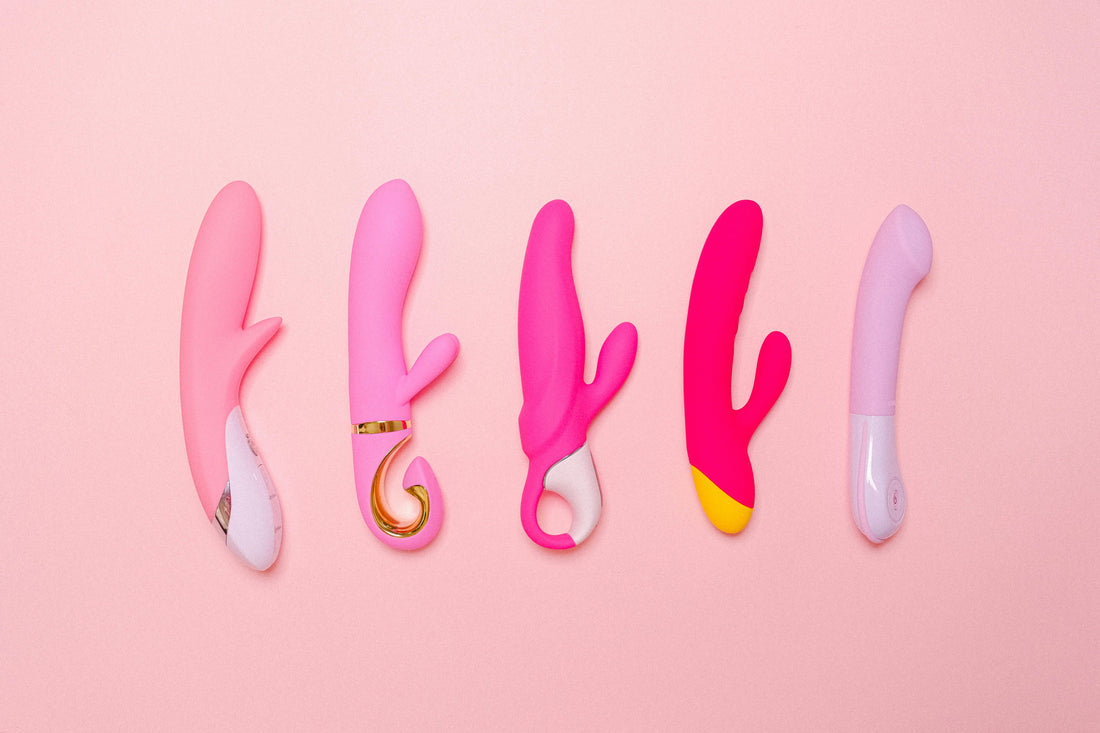
Vibrator against hysteria – really!
Today, the vibrator is considered a symbol of female self-determination and sexual desire. But its history begins surprisingly differently—namely, as a medical device for the treatment of female hysteria .
What was hysteria anyway?
In the 19th century, "female hysteria" was considered a widespread disorder. Symptoms ranged from nervousness, irritability, and insomnia to "unexplained restlessness." Today we know that many of these complaints were expressions of repressed sexual urges or psychological distress—which were not allowed to be named at the time.
Medical massage – with a happy ending
Doctors treated this "illness" with genital massage, which was intended to induce a so-called "hysterical paroxysm" —what we would today simply call an orgasm. However, this practice was not considered a sexual act, but rather a medical procedure.
Over time, many doctors found this treatment too laborious and time-consuming – which is why the British doctor Joseph Mortimer Granville developed the first electric vibrator around 1880.
From household appliance to source of pleasure
Initially, the device was marketed as a muscle relaxant and wellness product—often in household catalogs. In the 1920s, vibrators first appeared in erotic films, leading to their withdrawal from the mainstream market.
It was only in the 1960s and 1970s, during the sexual revolution , that the vibrator officially became what it is today: an object of pleasure, a symbol of self-determination – and for many, a faithful companion.
💡 Conclusion
The history of the vibrator demonstrates how closely sexuality, society, and science are intertwined. What was once considered a medical therapy is now an expression of freedom and pleasure—and a piece of female history that should not be forgotten.